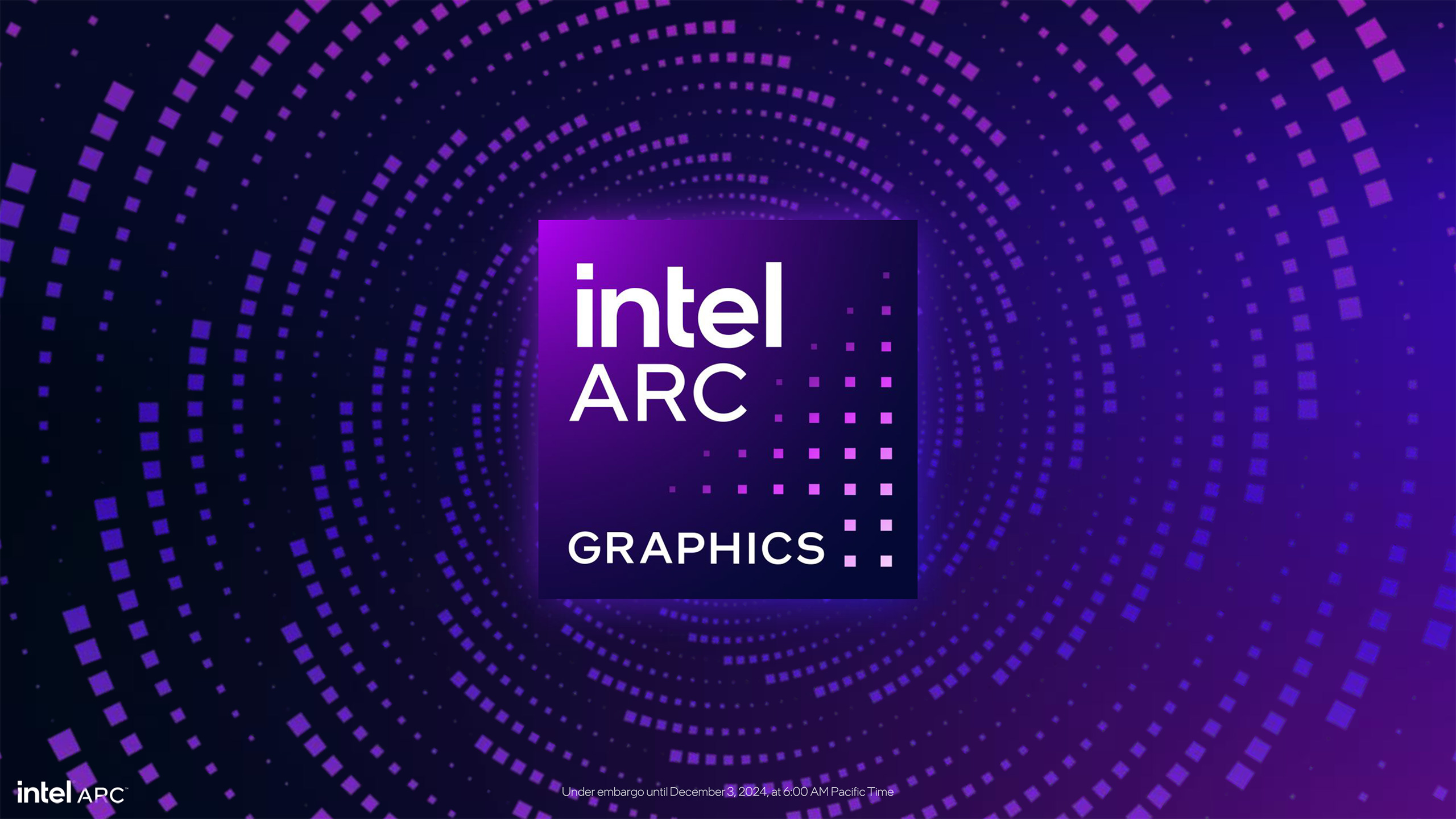
Intel’s next-generation Xe3 Celestial GPU reportedly enters the pre-silicon validation stage, when the GPU design and architecture are being tested using software models and emulators. The chip giant conducts this testing with OEMs and independent BIOS vendors so that they can catch issues before committing actual silicon. X user Haze spotted this development and saw some details related to Celestial in the LinkedIn profiles of some Intel employees.
One profile listed “Celestial discrete GPU Pcode IP model development” as one of theresponsibilities, detailing it as “Developed pre-silicon HW modeling for power management IP in Intel Xe3 architecture for discrete GPU Celestial team (C/C++)” and “Mapped 13% of boot/reboot signal pathways for functional pcode in Celestial power management IP model (fmodel), migrating those modeled in Ruby from the test environment to C/C++ in the IP model.”
Another person said they “developed low-level system software and device drivers in C++ for Intel’s Nova Lake & Xeon6 (Diamond Rapids) CPUs and Celestial discrete GPU.”
It seems that the pre-silicon model already has its firmware and power management ready, allowing Intel’s partners to start testing it virtually with their systems. Once every kink has been ironed out and is confirmed to be working as intended, the Xe3 design can proceed to tapeout, the final step before fabrication begins.
They cooking Intel Arc Celestial 🧑🏻🍳 #IntelArc pic.twitter.com/A7s219tM1uMay 2, 2025
Intel Fellow Tom Petersen previously said that the architecture for the Xe3 Celestial had already been completed in December 2024, and its team has now moved on to working on Xe4 Druid. With this development, the GPU seems to be on track according to Intel’s GPU roadmap. If it does not encounter any major problems with the design and production of the graphics card, we might see Celestial enter production and be in the hands of gamers in around 12 to 18 months.
However, we don’t have any idea what these Celestial GPUs will be, as Intel has recently been pretty tight-lipped around its Arc graphics cards. Even though the B580 and B570 Battlemage GPUs, which use the BMG-G21 chip, launched with overwhelmingly positive feedback, we still haven’t heard any news about the arrival of higher-end Battlemage discrete GPUs that use the more powerful BMG-G31 silicon.
Follow Tom's Hardware on Google News to get our up-to-date news, analysis, and reviews in your feeds. Make sure to click the Follow button.







